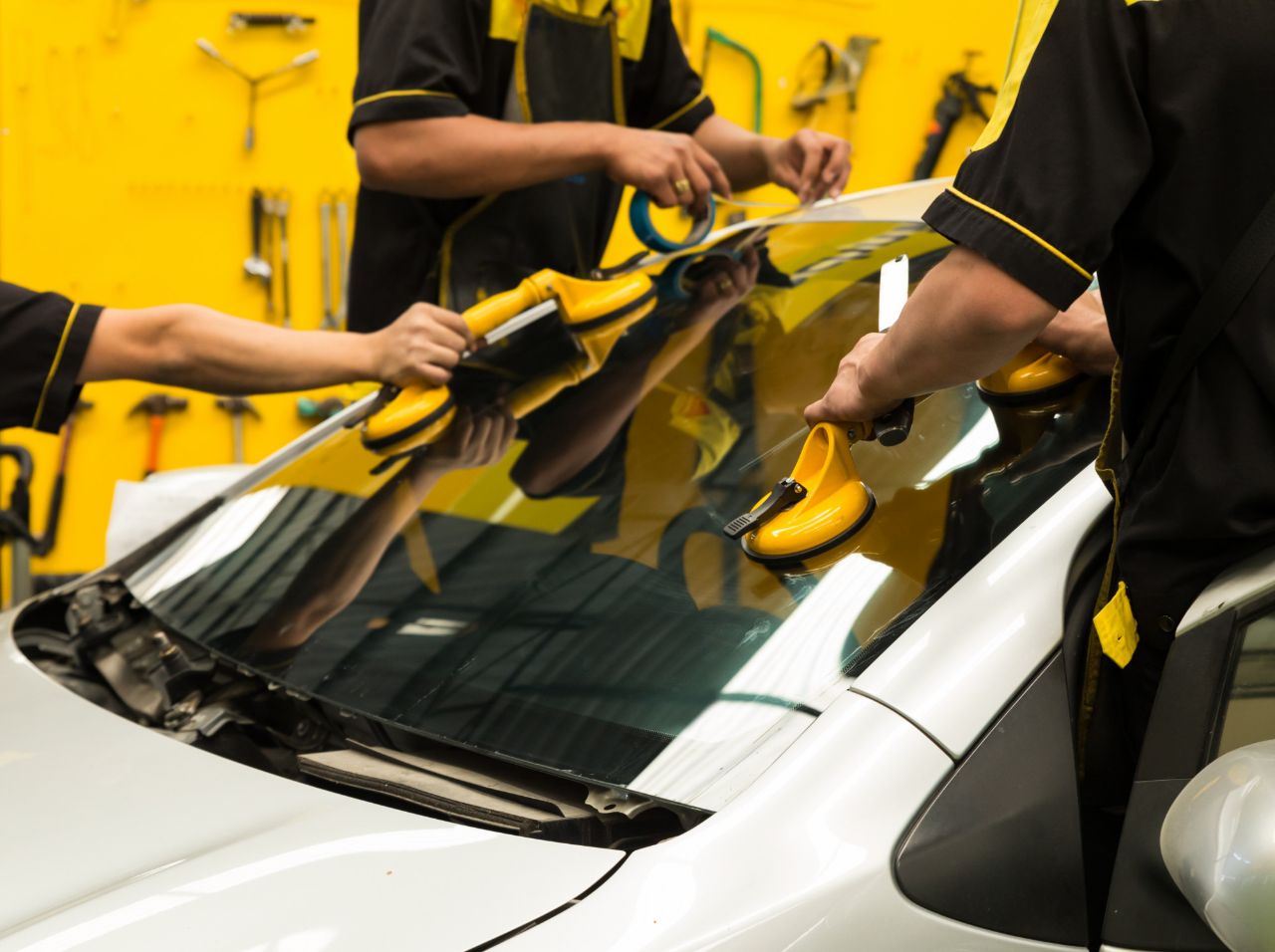Car window tinting has become increasingly popular among car owners for its various benefits, including enhanced privacy, improved aesthetics, heat reduction, and UV protection. With a wide range of car tint films available in the market, it’s essential to understand the different types and their corresponding prices. In this comprehensive guide, we will delve into the various types of car window tint, providing valuable insights into their features, advantages, and price ranges.
1. Dyed Window Tint
- Features a dyed film that absorbs solar heat and reduces glare.
- Provides a basic level of privacy by darkening the windows.
- Offers a cost-effective solution with affordable car tint prices.
- Provides moderate heat reduction and some level of UV protection.
- Ideal for individuals seeking a budget-friendly tinting option without compromising functionality.
2. Metalized Window Tint
- Utilizes metalized particles to reflect heat and block UV rays.
- Enhances privacy with a reflective appearance from the outside.
- Offers excellent heat reduction, keeping the car’s interior cool and comfortable.
- Provides significant UV protection, preventing interior fading and reducing health risks.
- Typically falls within a higher price range due to its advanced features and enhanced durability.
3. Carbon Window Tint
- Incorporates carbon-infused film for enhanced heat rejection and longevity.
- Provides a sleek, non-reflective finish that adds sophistication to the vehicle.
- Offers good heat reduction capabilities, ensuring a pleasant driving experience.
- Provides effective UV protection, preserving the car’s interior and occupants’ well-being.
- Falls within a moderate price range, striking a balance between performance and cost.
4. Ceramic Window Tint
- Utilizes ceramic nanoparticles for maximum heat rejection and optical clarity.
- Offers superior heat reduction, making it ideal for hot climates or high-performance vehicles.
- Provides exceptional UV protection, shielding against harmful rays.
- Maintains excellent visibility without interfering with GPS, cell signals, or radio reception.
- Typically comes with a higher price tag due to its advanced technology and premium performance.
Considerations for Choosing Car Window Tint
When selecting the appropriate car window tint for your vehicle, consider the following factors:
- Heat Reduction: Evaluate the tint’s ability to reduce heat transmission, considering your local climate and personal preferences.
- UV Protection: Look for films with high UV blockage to safeguard your skin and prevent interior fading.
- Aesthetics: Consider the visual appeal of each tint type and choose one that complements your car’s style.
- Legal Compliance: Ensure compliance with local regulations regarding tint darkness and reflectivity limits.
- Budget: Compare car tint price for different types and select one that fits your budget while meeting your requirements.
Choosing the right type of car window tint is crucial for achieving the desired benefits, such as heat reduction, UV protection, and enhanced privacy. Dyed, metalized, carbon, and ceramic window tints each offer unique features and come at different price ranges. Consider factors such as heat reduction, UV protection, aesthetics, legal compliance, and budget when making your decision. By selecting the most suitable car tint film, you can enhance your driving experience, protect your vehicle’s interior, and enjoy the many advantages that car window tinting offers.
Visit TintFit Window Films at https://www.tintfit.com/shop/ to explore our wide range of high-quality window film options.
 seolounge
seolounge